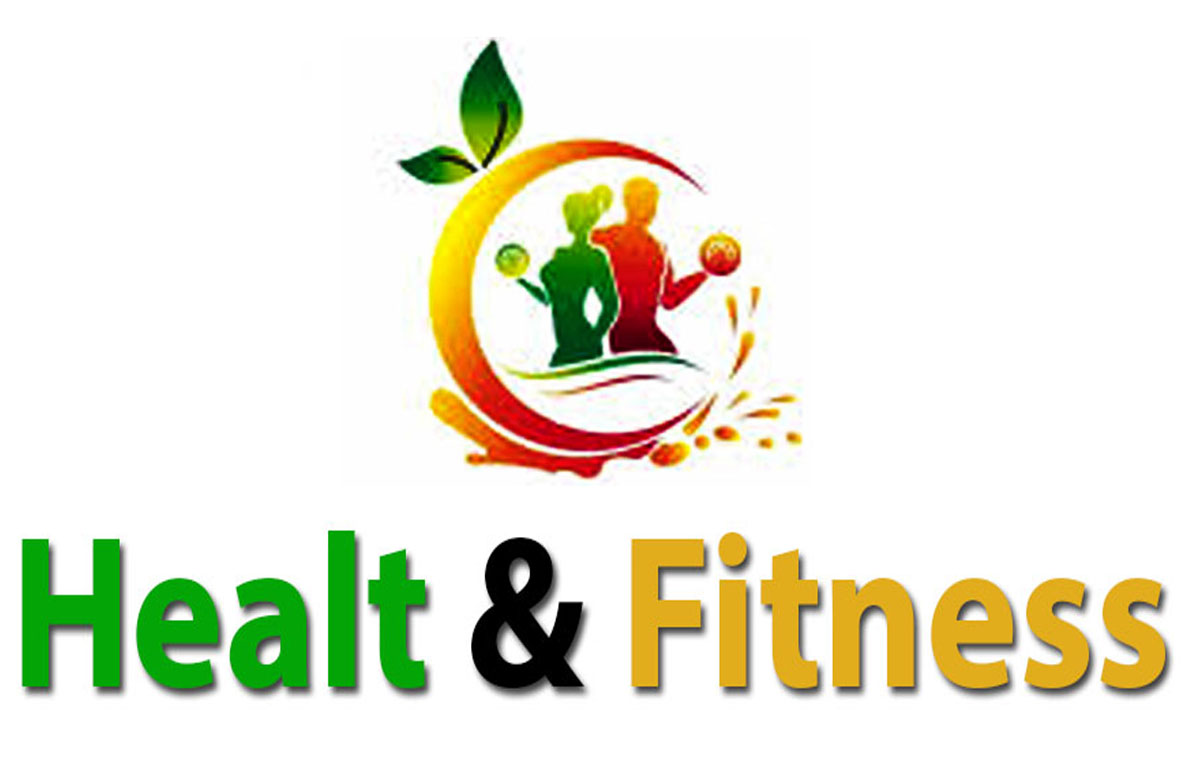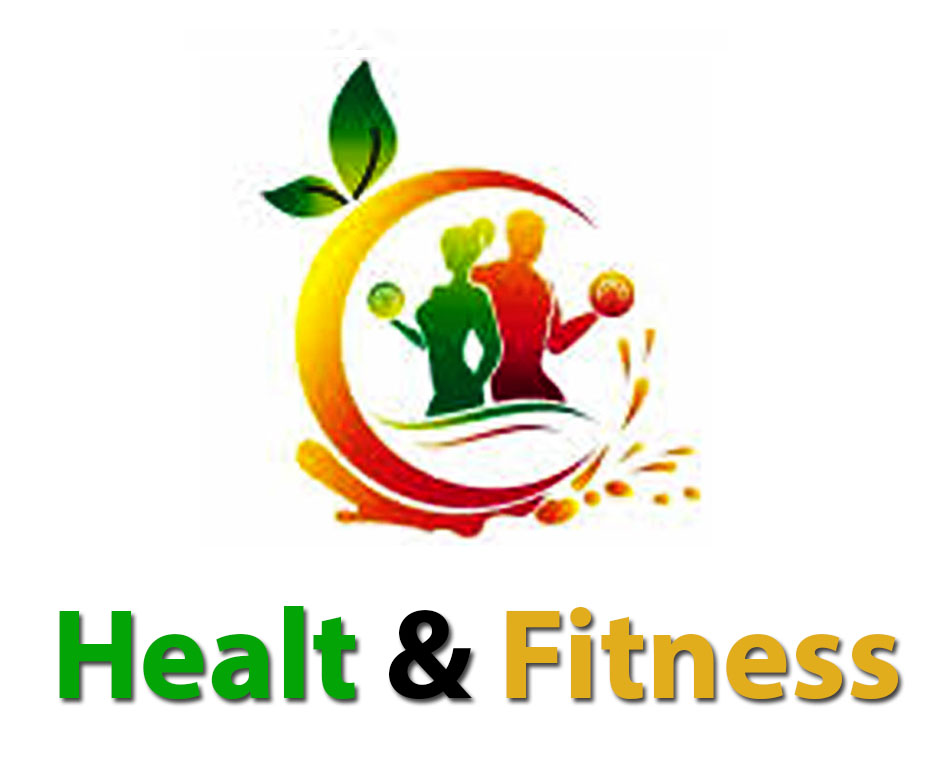Calisthenics Mastery: Minimal Equipment for Maximum Strength
Introduction to Calisthenics
Calisthenics, often called bodyweight training, is a type of exercise that uses body weight for resistance. It targets various muscle groups with a range of movements and exercises, enhancing strength, flexibility, and endurance. The simplicity of calisthenics is its beauty; it requires little equipment and yields big results.
Understanding of minimum equipment procedures
When it comes to fitness, calisthenics champions the idea of minimal equipment. Unlike traditional gym workouts that rely heavily on machines and weights, calisthenics primarily uses basic equipment such as pull-up bars, parallel bars, and sometimes resistance bands. This approach emphasizes creativity and adaptability in the workout routine.
When it comes to mastering calisthenics for strength, focus on bodyweight exercises that target multiple muscle groups simultaneously. Here are some exercises that require minimal equipment but can provide maximum strength gains:
Understanding of minimum equipment procedures
When it comes to fitness, calisthenics champions the idea of minimal equipment. Unlike traditional gym workouts that rely heavily on machines and weights, calisthenics primarily uses basic equipment such as pull-up bars, parallel bars, and sometimes resistance bands. This approach emphasizes creativity and adaptability in the workout routine.
A. Push-Ups:
Highlighted above:
Exercises for the upper body that work the chest, shoulders, triceps, and core are called push-ups. Here's how to perform a standard push-up:
Starting position: Begin in a plank position with hands slightly wider than shoulder-width apart, fingers facing forward or slightly turned inward. Keep your body in a straight line from head to heels.
Execution: Lower your body with your elbows bent and close to your side. Lower down until your chest grazes the floor or elbows reach a 90-degree angle.
Push back up: Push with your palms to extend your arms and return to the starting position without locking your elbows.
Variations: Try wide-grip push-ups to target the chest more, diamond push-ups to emphasize the triceps, or decline push-ups to increase the difficulty.
B. Pull-ups/Chin-ups:
Exercises like pull-ups and chin-ups are excellent for strengthening the upper body, especially the back, arms, and core.
Grip: For pull-ups, use an overhand grip with hands slightly wider than shoulder-width apart. For chin-ups, use an underhand grip with both hands together.
Starting position: Hang from a bar with arms fully extended.
Execution: Pull yourself up until your chin bar is clear, keeping your core engaged and avoiding over-swinging.
Lower yourself: Lower yourself back to the starting position in a controlled manner.
To make these exercises more accessible, you can use resistance bands for support or opt for inverted rows using a sturdy table or horizontal bar.
C. Dips:
Dips are an excellent way to work your shoulders, chest, and triceps.
Equipment: Use parallel bars, dip bars, or even sturdy chairs or elevated surfaces.
Starting position: Hold the bar with a firm grip and lift yourself up with fully extended arms, keeping your elbows slightly bent.
Execution: Lower your body by bending your elbows until your upper arms are parallel to the ground.
Push back up: Push up with your palms to extend your arms and return to the starting position.
D. Bodyweight Squat:
Bodyweight squats are excellent for building lower body strength, focusing on the quads, hamstrings, and glutes.
Starting position: Stand with feet shoulder-width apart, toes slightly out.
Execution: Lower your body by bending your knees and hips, pushing your hips back as if you were sitting in an imaginary chair.
Depth: Aim to squat until your thighs are parallel to the ground or as low as is comfortable without compromising form.
Push Back Up: Drive through your heels to return to the starting position.
For an added challenge, try one-leg squats (pistol squats) or explosive jump squats.
E. Plank:
Planks work the abs, obliques, lower back, and shoulders and are a great exercise for building core strength and stability.
Beginning posture: Assume a push-up posture, but place your elbows right beneath your shoulders and begin on your forearms.
Circulation: Maintain a straight line from head to heels, engaging your core muscles. Hold this position without swinging your hips or lifting too high.
Variations: Try side planks, where you balance on one arm and the leg next to you while using the diagonals.
F. Lungs:
Lunges target the legs and glutes and improve balance and stability.
Starting position: Stand tall with feet hip-width apart.
Execution: Take a single stride forward and lower your hips until your knees are bent 90 degrees. Keep your front knee in line with your ankle and your back knee hovering over the ground.
Return: Close your front leg to return to the starting position and repeat on the other side.
Variations: Try walking lunges or laughing lunges for increased difficulty and explosiveness.
G. Handstand push-ups:
These challenging exercises primarily target the shoulders, triceps, and upper back.
Preparation: Start by mastering the handstand against a wall to develop balance and confidence.
Execution: Once comfortable in the handstand, slowly lower yourself by bending your elbows, aiming to bring your head toward the ground.
Push Back Up: Push up with your palms to extend your arms and return to the starting handstand position.
Safety tip: Having a spotter or using a wall for support is crucial until you are confident doing handstand push-ups independently.
H. Pistol Squats:
Pistol squats are advanced single-leg squats that demand significant balance and strength.
Starting position: Stand on one leg, and extend the other leg forward.
Execution: Lower your body by bending your knees and hips, aiming to sit down until your hips touch your ankles or as low as is comfortable.
Return: Push through your heels to extend your knees and hips, returning to the starting position.
Support: Holding a stable object or practicing a partial range of motion can help progress toward the full pistol squat.
Mastering these exercises requires patience, consistency, and a focus on proper form. Incorporating gradually increasing difficulty or variations will constantly challenge your muscles and lead to maximum strength gains.
Nutrition and calisthenics
Nutrition plays an important role in supporting your calisthenics training and overall fitness goals. Here are some key points to consider:
Macronutrients:
Protein: Required for both muscle growth and repair. Lean meat, poultry, fish, eggs, dairy, legumes, tofu, and, if required, protein supplements should all be included in a balanced diet.
Carbohydrates: Provide energy for workouts. To keep your energy levels stable, choose complex carbohydrates like those found in whole grains, fruits, vegetables, and legumes.
Fats: Healthy fats are essential for overall health and hormone production. Add sources such as nuts, seeds, avocados, olive oil, and fatty fish.
Meal time:
Pre-workout: For sustained energy, eat a balanced meal containing protein and carbs two to three hours before working out.
After working out: To encourage muscle recovery and glycogen replenishment, replenish 30 to 60 minutes after working out with a combination of protein and carbohydrates.
Hydration:
Water: Stay hydrated throughout the day. Dehydration can hinder performance and recovery.
Electrolytes: During intense workouts or in hot environments, replenish electrolytes lost through sweat with natural sources such as sports drinks or coconut water.
Nutrient-dense foods:
Lean proteins: chicken, turkey, fish, tofu, lentils, and beans.
Complex carbohydrates: whole grains, sweet potatoes, quinoa, fruits, vegetables.
Healthy fats: avocados, nuts, seeds, olive oil, and fatty fish like salmon.
Micronutrients: Be sure to eat a variety of fruits and vegetables to get a range of vitamins and minerals.
Meal Plan:
Balanced meals: Include a mix of protein, healthy fats, and carbohydrates at every meal.
Snacks: Choose nutritious snacks like Greek yogurt, and whole grain crackers with nuts or hummus.
Portion control: Be aware of portion sizes to balance calorie intake and expenditure.
Supplementary parts:
Protein Powder: Useful for supplementing protein intake, especially if struggling to meet requirements through whole foods.
Multivitamins: Consider a multivitamin to cover any potential gaps in your diet, but prioritize whole foods whenever possible.
Listen to your body:
Everyone's nutritional needs are different based on factors such as body composition, activity level, and goals. Pay attention to how your body responds to different foods and adjust your diet accordingly.
Maintaining a well-rounded diet that supports your calisthenics training will not only enhance your performance but also aid in muscle recovery and overall health.
Overcome the challenge
Like any fitness regimen, calisthenics presents challenges. Progressive plateaus, maintaining motivation, and mastering advanced techniques can be difficult. Adopting a consistent training schedule and seeking guidance from experienced practitioners can help overcome these barriers.
Injury prevention and safety measures
Prioritizing proper form and technique during exercise significantly reduces the risk of injury in calisthenics. In between warm-ups, cool-downs, and workouts, give yourself enough time to rest to help avoid strains and overuse injuries.
Benefits beyond physical strength
Beyond the physical benefits, calisthenics offers mental and emotional benefits. A sense of accomplishment from mastering a new skill or surpassing a personal record boosts confidence and improves overall well-being.
Community and support
Getting involved with a group of other calisthenics enthusiasts offers encouragement, support, and insightful knowledge. Online platforms and forums serve as places to share experiences, tips, and encouragement
Calisthenics, with its emphasis on minimal equipment and maximal strength, offers a holistic approach to fitness. By harnessing the power of one's body weight, it enables individuals to achieve significant strength gains while developing a resilient and adaptive mindset.
Unique FAQs
1. Is calisthenics suitable for beginners?
Calisthenics caters to all fitness levels, with beginner-friendly routines for ease of practice.
2. Can I build muscle mass with calisthenics alone?
Indeed, if a person follows a balanced diet, increasing their calisthenics overload can result in muscle growth.
3. Are workouts involving calisthenics time-consuming?
Not necessarily. Calisthenics routines can be adapted to suit different time constraints.
4. Do I need a gym membership for calisthenics?
No, calisthenics initially requires minimal equipment and can be practiced anywhere.
5. Can calisthenics improve flexibility?
absolutely Many calisthenic exercises improve flexibility because they engage multiple muscle groups.



.jpg)
.jpeg)



.jpeg)
.jpeg)



.webp)

